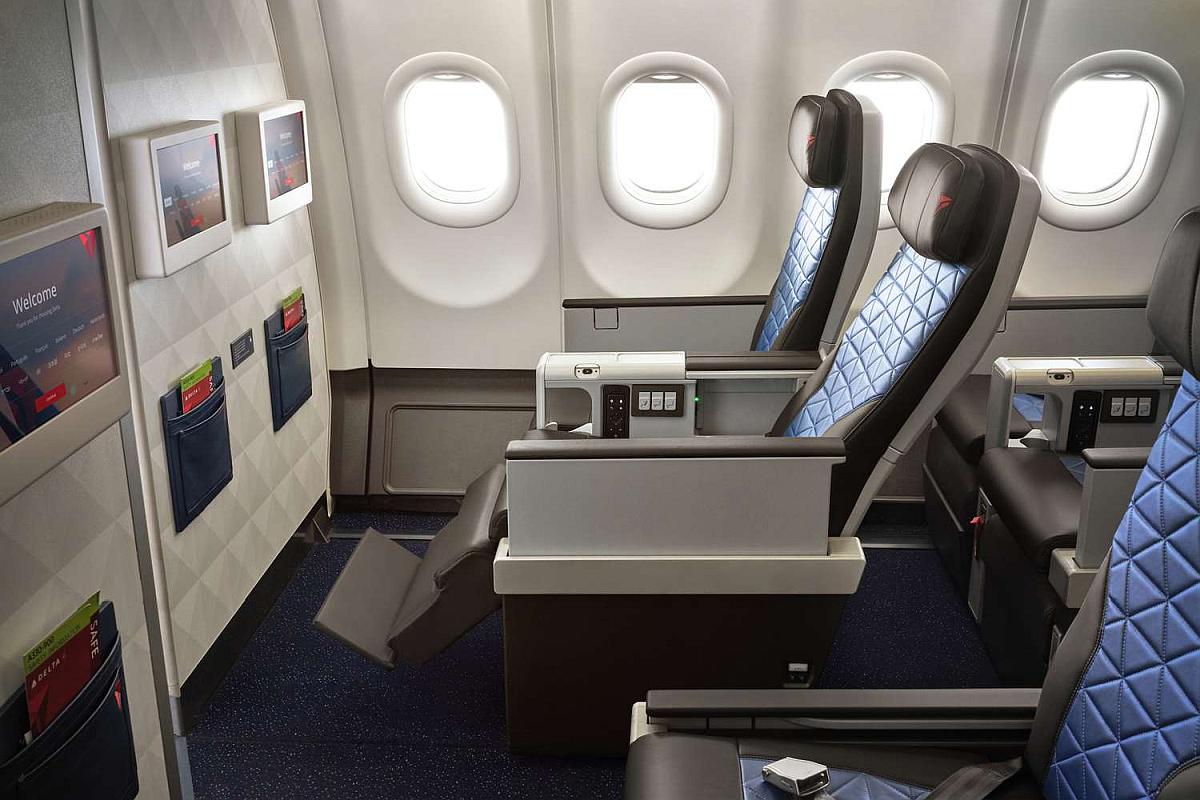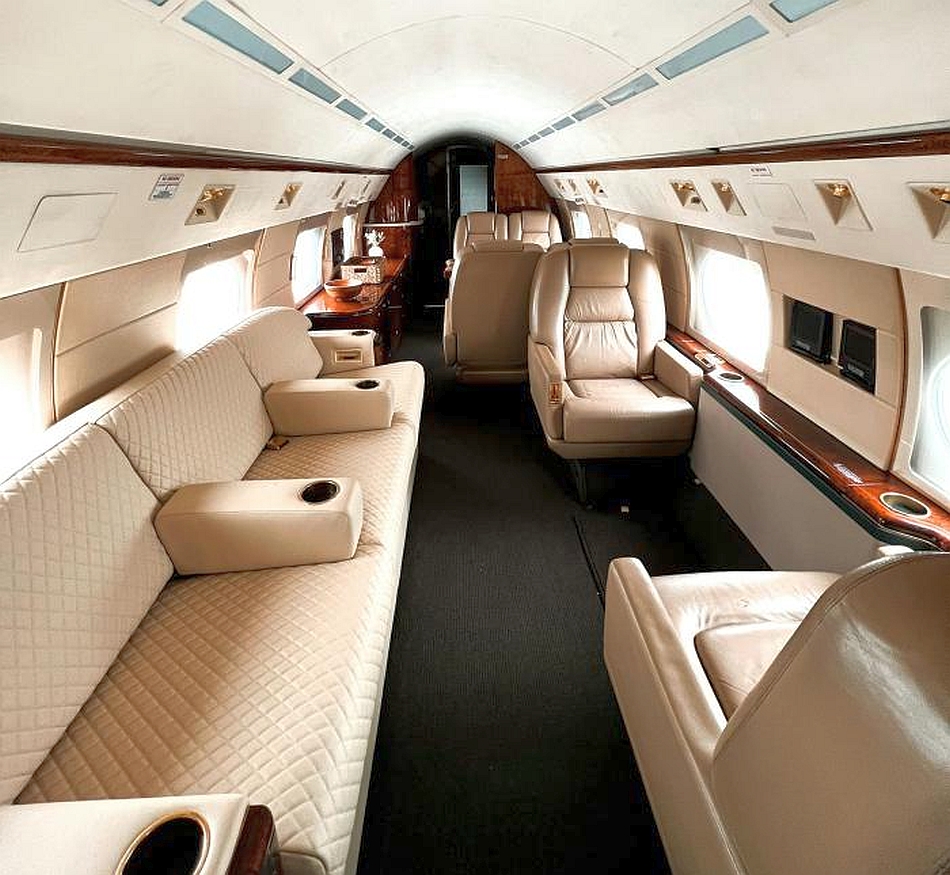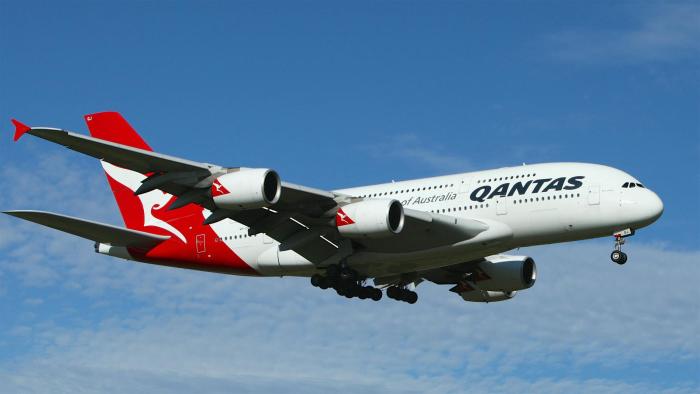

99TravelSafe.com
The Website For The Smart and Savvy Traveler
26 - Cabin Pressure in Air Travel


Related Pages - Please Also See;
26 - Cabin Pressure During Air Travel
27 - Risk of Blood Clots (Thrombosis) During Air Travel
28 - Preventing Thrombosis Injury During Air Travel
29 – In Case of Aircraft Evacuation
30 – How to Survive an Air Crash
Safety of Air Travel by Unaccompanied Minors (Children Traveling Alone by Air)
Safety of Travelers at Airports
Handling Cabin Pressure During Air Travel


ALTHOUGH aircraft cabins are pressurized, cabin air pressure at cruising altitude is lower than air pressure at sea level. Ata typical cruising altitude of 11 000 meters (37 000 feet), air pressure in the cabin is equivalent to that at an altitude of 1500–2500 meters (5000–8000 feet) above sea level. As a consequence, the available oxygen is reduced and gases within the body expand and it is recommended to:
Drink non-carbonic acid beverages
Drink extra non-alcoholic caffeine-free beverages before and during your flight to avoid dehydration
Swallowing and yawning during ascent and descent can help open your eustachian tubes
Chewing gum or having a hard candy can help relieve pressure by stimulating saliva production and opening your eustachian tubes
Mint gum can be especially helpful because it causes extra saliva
Close your mouth, pinch your nose, and blow air through your nose to help more air get into your eustachian tubes. This is known as the Valsalva maneuver
Earplugs can help regulate pressure in your ears!
A good nasal spray can help alleviate pressure or pain
You can take allergy medication or decongestant pills if need be


More on Handling Cabin Pressure During Air Travel


Cabin pressure in airplanes is maintained at an equivalent altitude of 6,000 to 8,000 feet, which is lower than the actual altitude at which most commercial aircraft fly (30,000 to 43,000 feet). This pressurization ensures passengers can breathe comfortably without needing supplemental oxygen and is crucial for their safety and well-being
How it Works?
Air Intake:
Air is drawn from the aircraft's engines and then cooled and filtered before being circulated into the cabin
Pressure Regulation:
An outflow valve regulates the amount of air leaving the cabin, controlling the cabin pressure.
Altitude Equivalent:
The cabin pressure is maintained at a level equivalent to an altitude between 6,000 and 8,000 feet, allowing passengers to breathe normally
Why is it Necessary?
Human Physiology:
At higher altitudes, the atmospheric pressure is lower, meaning less oxygen is available for breathing. Maintaining a lower cabin altitude ensures sufficient oxygen for passengers and crew
Passenger Comfort and Safety:
Pressurization prevents hypoxia (oxygen deficiency) and allows for a more comfortable and safer flying experience
Decompression:
If the cabin pressure is not maintained, it can lead to decompression, potentially causing oxygen deprivation
Potential Effects on Passengers
Ear Popping:
Changes in cabin pressure, particularly during takeoff and descent, can cause ears to pop.
Dehydration:
The dry air in the cabin can lead to dehydration, so it's important to stay hydrated during the flight
Fatigue:
Reduced cabin pressure can sometimes cause sleepiness.
Swollen Feet:
Some passengers may experience swollen feet due to pressure changes
Important Notes:
Individual Differences:
The effects of cabin pressure can vary between individuals
Medical Conditions:
Individuals with certain medical conditions, like heart or lung problems, may need to consult with a doctor before flying
Emergency Situations:
In the event of a sudden loss of cabin pressure, oxygen masks will drop down for passengers to use until the aircraft can descend to a lower, safer altitude




